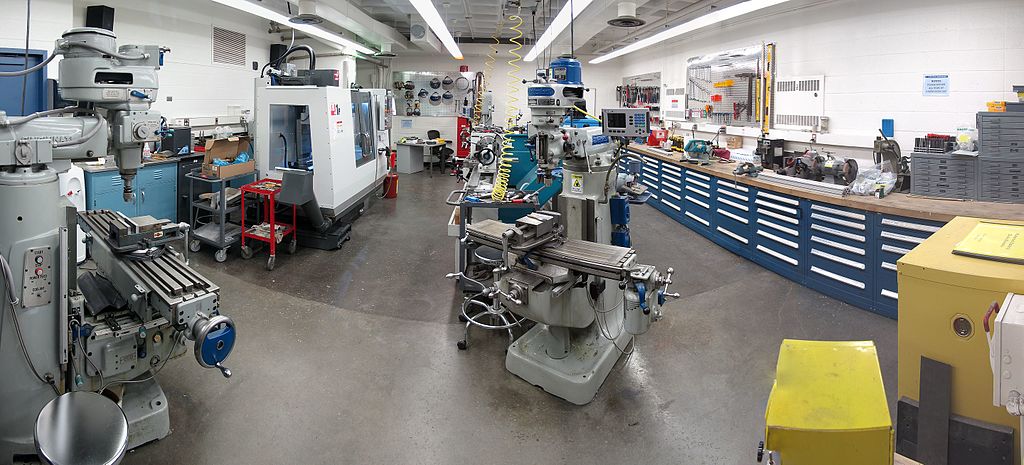22 Mar Shop Safety
Shop Safety Instructor Note: Perform a self-inspection prior to making a shop safety presentation. Look for anything that is out of place. Check against the Guide for Discussion for items to point out. Introduction: The safe work practices we do in our shop are often the same practices we take out of our shop and into our homes. What we want to talk about today is what makes shop safety a little different than what we normally do. Guide for Discussion Discuss in-shop procedures initiated to ensure that frequent and regular inspections are conducted to identify potential hazards in materials and equipment in the...











